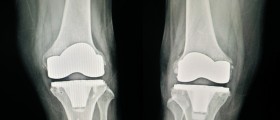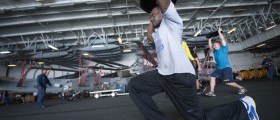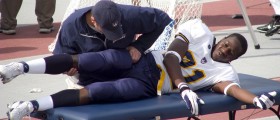
Cruciate ligaments are ligaments in the knee, and they are positioned in the form of the letter x, thus stabilizing the joint and allowing a wide range of motion at the same time. There are anterior and posterior ligaments, and given that they are positioned in the knee, they are very frequently injured and damaged in sports, especially the anterior cruciate ligament. Athletes, professional or not, are very well aware of the fact that even a very simple yet awkward trip which results in a fall and twist of the knee, may be enough to cause the damage to this ligament.
Cruciate ligament surgery is a surgery procedure which is done on the knee, and, without any doubt, it is one of the most serious surgeries that is related to this part of the body. In a great number of cases, it is necessary to fully reconstruct the anterior cruciate ligament, and it means that a couple of hamstring tendons will have to be used as a replacement for the damaged ligament, and they will be taken from the same leg but beside the knee, or from another leg. The surgery procedure does not last longer than an hour and a half, and it is done under general anesthesia, or, in some cases, even only under the spinal anesthetic.
The postoperative period will probably involve some pain, but it will be possible to keep it under control by pain relievers. The surgery does not require staying in the hospital for more than a day, but the patient will have to wear a splint for at least a week. As for the rehabilitation process, the physiotherapist will inform the patient about the exercises which will have to be done after the splint is removed, and it is important to follow the advice given by the specialists, because in many cases, the rehabilitation is even more important for the successful recovery than the surgery. During the first several months, the new ligaments will be fragile and unstable, so it is important not to put them under too much pressure.
In the professional athletes, the period until they can go back to their sport will usually last for some 6 months. The activities such as cycling and swimming will probably be suggested for the beginning because the knee has to regain the strength slowly and gradually. There is no point in forceful speeding up of this process, because it can cause more damage than before. The physiotherapist will be the only one who will know when the right time to go back to the usual activities is, and this decision should not be questioned.

















Your thoughts on this
Loading...